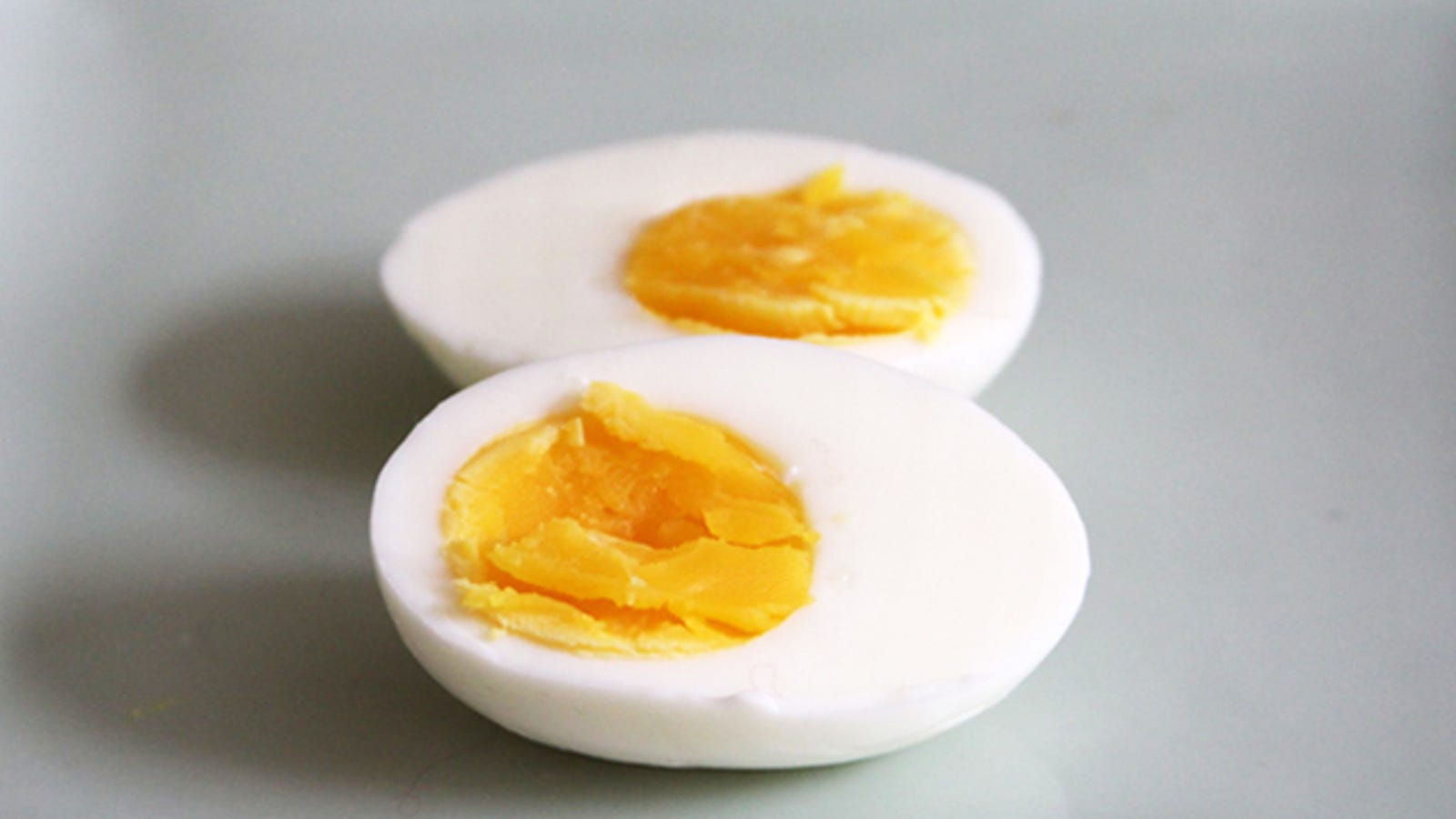

Let the eggs cook the rest of the way using the residual heat in the water.
OVERCOOKED BOILED EGGS FULL
Bring the water to a full boil (100 degrees C) over high heat, and then remove the pot from the heat. Put refrigerated eggs in a heavy bottomed pot and cover with cold tap water so they’re covered by about 1″ (2.5cm) of water. This is how I adapted the technique for eggs.

I found my answer in the way I cook my chicken for chicken soup Since the main problem with boiling an egg is the narrow window of time during which the egg is perfect, I asked myself how I could slow the cooking down to expand that window of perfection. But who wants to waste that many eggs? Well, luckily I have a friend that farms eggs and I’ve been busy experimenting in my lab to come up with an (almost) foolproof method of boiling eggs. The best way to figure out what works for your setup is to boil a dozen eggs and start pulling the eggs out of the water in thirty-second increments after about 3 minutes. The problem with most boiled egg instructions is that they create a formula (put eggs in cold water, bring to boil, boil for X minutes) assuming you put the exact same size and temperature of egg into the same amount of water in the same pan on the same stove… Well, you get the idea. Because the temperature is rising so fast, it’s difficult to pinpoint exactly when to stop the cooking to get the egg exactly how you like it. The problem is that since the boiling water is significantly hotter than the setting temperature of the egg, it’s very easy to zoom past the desired temperature.

In theory, this means that by the time yolk is set, the white has also reached its higher setting temperature. Since the heat source (boiling water) is outside the egg, the egg cooks from the outside in. The first thing you have to understand is that the egg yolk sets at a much lower temperature than the egg white (70 degrees C vs 80 degrees C). Setting Temperatures of Yolks and Albumen


 0 kommentar(er)
0 kommentar(er)
